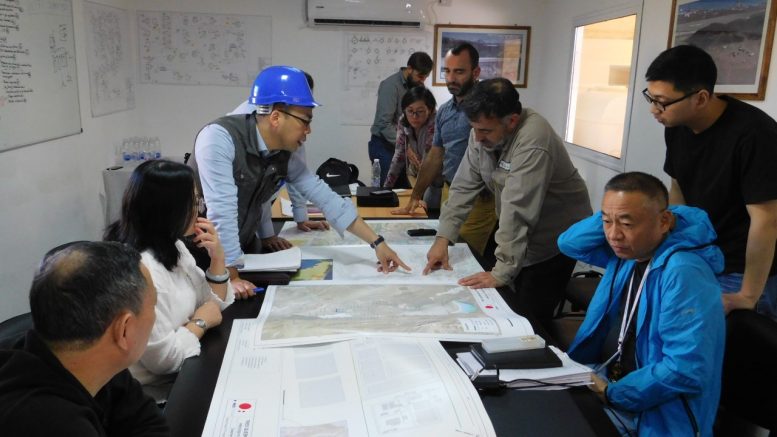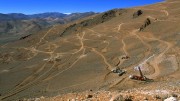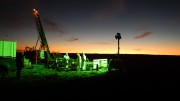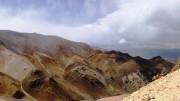Chinese battery maker CATL is acquiring an 8.6% stake in Neo Lithium (TSXV: NL; US-OTC: NTTHF), which is advancing its Tres Quebradas (3Q) project, a high-grade lithium brine lake and salar complex in Argentina’s Catamarca province, the largest lithium producing area in the country.
CATL owns and operates lithium-ion battery manufacturing facilities in four Chinese provinces (Fujian, Jiangsu, Qinghai and Sichuan) and is building its first overseas plant in Germany. Its lithium-ion batteries are used in electric vehicles and energy storage systems.
“It’s the right type of shareholder to have,” Waldo Perez, Neo Lithium’s president and chief executive, says of CATL in a telephone interview from his home in Argentina. “They will have a board position, and we will actually be working with them on the final feasibility … and they have the intention of being our partner, financing a large portion of the entire project …. They are not just shareholders, or buying shares at a premium, they are actually going to be part of this development.”
CATL is subscribing for 10.2 million common shares at 84¢ a share, a premium to its current share price of 74¢. Over the last year, Neo Lithium’s shares have traded in a range of 38¢ and 92¢.
“We believe that the 3Q project is an attractive development project that may benefit from our expertise and know-how in the battery manufacturing and technology space,” Changdon Li, a spokesman for the Chinese battery maker, said in a statement.
The 3Q project is 30 km from Argentina’s border with Chile and the Maricunga salar.
In March, the company’s pilot plant in Fiambala, 160 km from the project, produced its first battery-grade lithium carbonate. The brine was extracted from a high-grade area in the northern zone of the 3Q project and evaporated in industrial-scale ponds on site.
Neo Lithium is working on a definitive feasibility study, after completing a prefeasibility (PFS) study in May 2019.
The PFS outlines a mine life of 35 years producing 20,000 tonnes of lithium carbonate equivalent per year.
Initial capital costs are forecast to run to US$319 million. At an 8% discount rate, the project generates a net present value of US$1.14 billion and an after-tax internal rate of return of 49.9%.
The project, which Perez discovered in December 2015, covers about 350 sq. km, of which the salar complex makes up 160 sq. km, and has measured and indicated resources of 4 million tonnes lithium carbonate equivalent and 3 million tonnes of inferred.
“It is a very big project — it’s about the seventh-biggest project, when it comes to size, in the world,” Perez says, adding that there is “a lot of blue sky potential” given that the company has only tapped the upper 100 metres of the deposit, which runs to a depth of 640 metres and remains open.
This isn’t Perez’s first discovery. He led the team that discovered the Cauchari lithium deposit, also in northwestern Argentina and now owned by Lithium Americas (TSX: LAC), a company he set up privately and took public in 2010.
Both projects make up part of the Puna Plateau, an area also known as the “Lithium Triangle” that straddles Argentina, Bolivia and Chile.
Perez notes that while Cauchari is bigger than Q3, the latter is higher grade and very low in impurities, such as magnesium and sulphides. “If you have higher sulphides and magnesium your operating costs increase and at some point it becomes uneconomic.”
Perez says it has about another six months of work to finish the feasibility study, and notes that the pandemic has slowed its release date. “The pandemic created a delay at all levels, so without the pandemic, I would probably be finishing the feasibility study now,” he says, adding that its deal with CATL likely would have happened much earlier, too.
Neo Lithium has 118 million common shares outstanding for an $87-million market capitalization.
Its largest shareholder, Blackrock, owns between 12% and 14%, Perez says.





Be the first to comment on "Neo Lithium attracts strategic investment from Chinese battery maker"